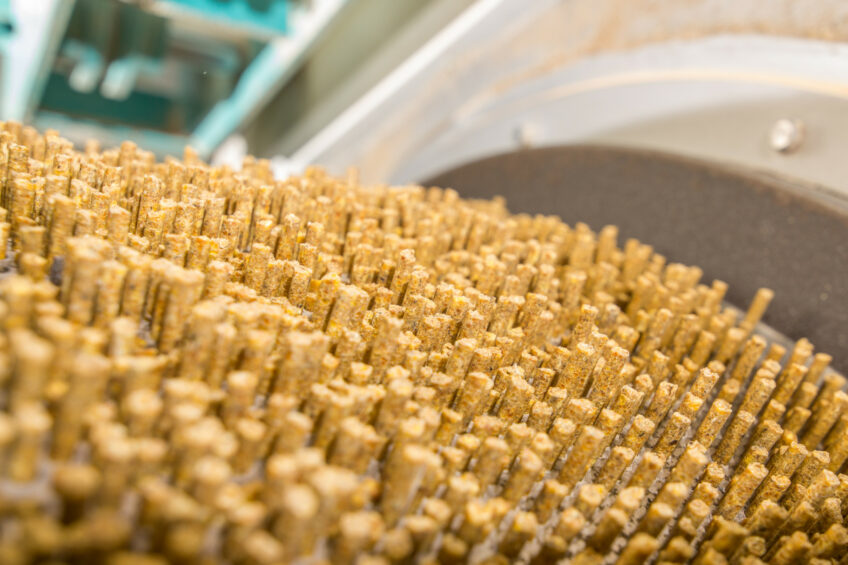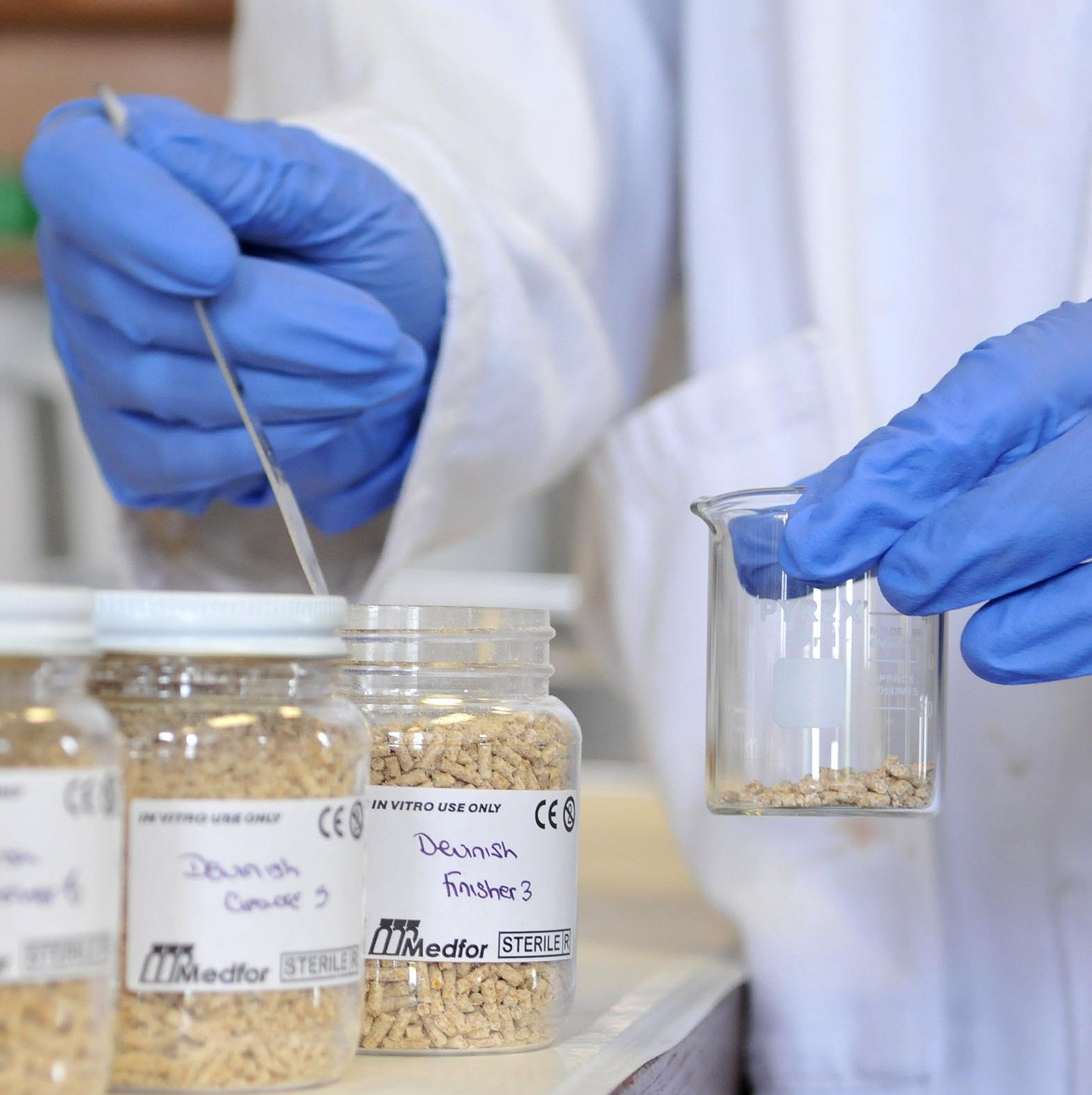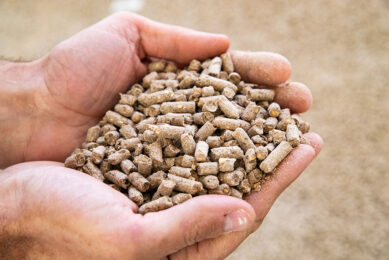Redefining feed milling processing challenges into optimisation opportunities

By addressing key issues such as moisture control, pellet quality, process automation, and energy efficiency, feed mills can turn obstacles into opportunities for growth and innovation.
The feed milling industry is under continuous pressure to meet growing demand while maintaining efficiency, cost-effectiveness, and sustainability. From pellet quality issues to energy consumption, feed mills face numerous challenges daily. However, these challenges also present unique opportunities for optimisation that can enhance operational efficiency, product quality, and profitability.
Moisture management: losses to gains
Moisture management is one of the most significant challenges in feed milling. Improper control can lead to poor pellet quality, increased spoilage, microbial contamination, and energy wastage. Yet, with the right approach, moisture management can become a powerful optimisation tool.
The challenge:
- Moisture loss: During various stages of production, such as particle size reduction, mixing, and pelleting, moisture loss is common. This leads to reduced pellet durability, and increased energy consumption during the pelleting stage. Moreover, excessive moisture can result in spoilage and the growth of harmful microorganisms, such as moulds and bacteria.
- Shrinkage and financial impact: A feed mill can lose up to 3% moisture during processing, which directly affects production yield and profitability.
The opportunity:
By optimising moisture by introducing newly-developed esterified surfactants and organic acid blends during mixing, feed mills can significantly improve finished feed moisture retention, reduce microbial growth, and improve pellet durability. These improvements lead to higher quality feed, reduced waste, and significant cost savings.
Validating precise moisture control during feed processing results, monitoring energy consumption, ensuring the quality, and an overall increase in production efficiency can all be achieved to maximise the feed mill’s continued productivity.
Pellet quality: turning challenges into a competitive advantage
Pellet quality is at the heart of feed production. Poor pellet quality, characterised by high levels of fines, brittle pellets, or uneven sizes, not only leads to wastage but also reduces feed efficiency for animals. Consistent, durable pellets ensure that the feed reaches its destination intact and delivers necessary nutrients to livestock.
The challenge:
- Inconsistent pelleting: Feed mills often struggle with inconsistent pellet quality due to variations in feed formulation, improper particle reduction, or poor die and roller maintenance or setup, and ineffective hot conditioning. This can result in higher percentages of fines, reduced pellet durability, and compromised nutrient retention.
- Increased wear and tear: Equipment such as dies and rollers wear out overtime, leading to suboptimal pellet formation, variable delta T, and higher energy consumption.
The opportunity:
Improving pellet quality can be achieved through several optimisation techniques, such as optimising particle reduction processes, regular equipment maintenance, and feed conditioning with the right moisture and temperature levels. The correct levels of moisture at the mixing stage, and optimum hot conditioning helps soften feed particles, improving steam uptake, gelatinises starches, and improves binding. These attributes lead to more durable and digestible pellets.

By focusing on preventative maintenance, feed mills can reduce equipment wear, minimise downtime, and ensure consistent pellet quality. Additionally, feed mills can use predictive models to monitor and adjust parameters in real time, ensuring optimal performance throughout the production process. These approaches not only improve pellet quality but also reduce energy consumption and increase throughput.
Energy efficiency: consumption to conservation
Energy consumption is a major cost driver in feed milling, particularly during particle reduction, pelleting, and cooling processes. Inefficient energy use not only increases operational costs but also impacts the overall sustainability of the feed production process.
The challenge:
- High energy usage: The energy intensive nature of feed processing, especially during particle size reduction and pelleting, poses a challenge to feed mills looking to reduce costs and improve sustainability.
- Wear and tear impact on energy: Worn-out equipment, such as pellet mill dies and rollers, requires more energy to achieve the same output, further increasing energy consumption.
The opportunity:
Optimising energy use begins with improving equipment efficiency and using energy saving technologies and additions. For example, the edition of esterified surfactants in the mixer or agitator stage can greatly reduce friction in the pellet mill, lowering energy requirements during the pelleting process. Additionally, feed mills can explore alternative energy sources such as solar, biogas, and energy recovery methods to reduce their reliance on conventional power.
Regular maintenance of pellet mills, combined with real-time monitoring of energy consumption, allows for the early detection of inefficiencies, allowing producers and opportunity to make necessary adjustments to minimise energy wastage. Advanced control systems that can monitor and adjust various settings in real-time can also optimise energy use by ensuring consistent production conditions.
Process automation and digitalisation: optimising operations
The feed industry is increasingly adopting automation and digitalisation to address the complexities of modern feed production. Manual operated processes lead to errors and inefficiencies, especially as feed mills manage larger and more complex operations.
The challenge:
- Manual process management: managing the various stages of feed production manually is time-consuming, prone to errors, and often leads to inefficiencies in quality control, ingredient management, and equipment maintenance.
- Inconsistent data utilisation: In many feed mills, data from production processes is underutilised, leading to most opportunities for optimisation not being fully explored.
The opportunity:
By embracing digitalisation, feed mills can significantly enhance their operational efficiency. Automated systems can monitor and adjust feed processing parameters in real time, ensuring consistent production quality and minimising downtime due to equipment failures. For example, digital dashboards can provide a comprehensive view of raw material quality, process conditions, and production trends, allowing for data-driven decision making.
Conclusion
The challenges faced by feed mills, whether in moisture management, pellet quality, energy efficiency, or ingredient variability are not insurmountable. With the right mindset and technology, use of the correct newly developed feeding ingredients and additives, these challenges can be transformed into opportunities for optimisation.
Using advanced moisture control products, enhancing quality through better equipment maintenance, optimising energy use, and embracing digitalisation, feed mills can significantly improve their operational efficiency, reduce costs, and enhance feed quality.
The future of feed milling lies in innovation and optimisation, where every challenge becomes an opportunity for growth.



